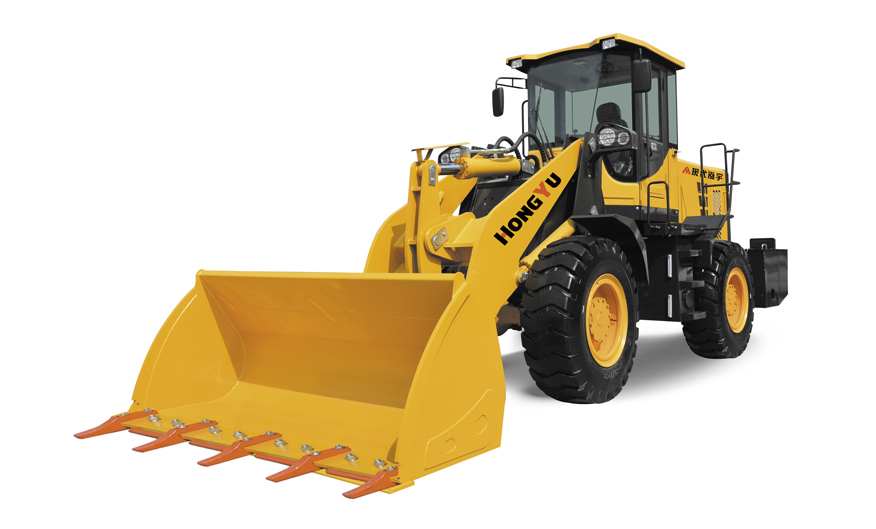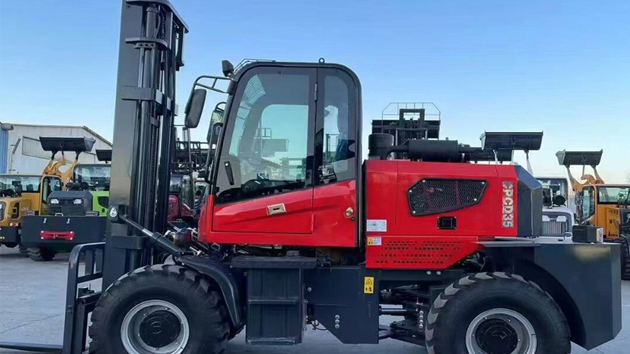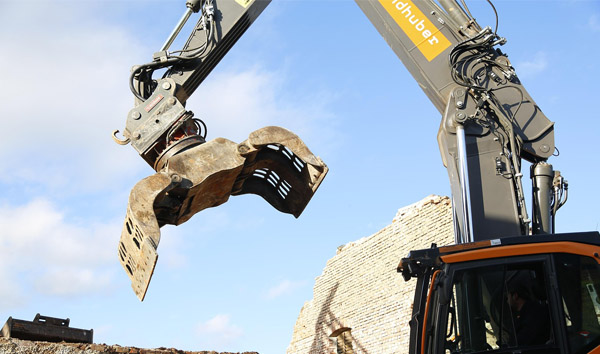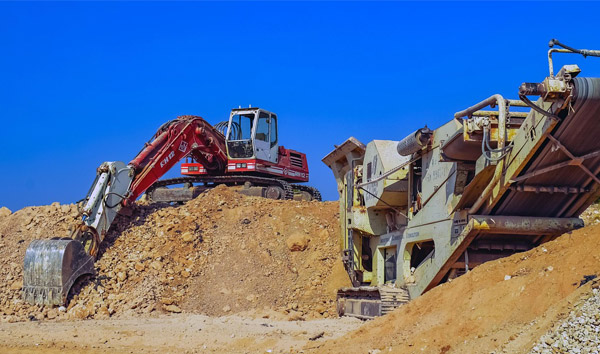The Future of Construction Machinery: Innovations and Industry Trends
2025-07-01 04:20:30
The global construction machinery market is projected to reach $230 billion by 2027, fueled by urbanization and infrastructure development. Leading manufacturers are integrating AI and IoT to enhance efficiency, with autonomous excavators and bulldozers becoming commonplace. These innovations reduce human error and optimize fuel consumption, addressing both productivity and environmental concerns.
Sustainability is a major focus in modern construction machinery. Electric and hybrid models are gaining traction, with companies like Caterpillar and Komatsu investing heavily in zero-emission solutions. Battery-powered excavators, for instance, can operate for up to 8 hours on a single charge, significantly lowering carbon footprints. Governments worldwide are incentivizing green machinery adoption, further accelerating this shift.
Telematics and predictive maintenance are revolutionizing equipment management. Sensors embedded in construction machinery collect real-time data on engine performance, hydraulic systems, and wear-and-tear. This allows operators to schedule maintenance proactively, minimizing downtime. A recent study found that predictive analytics can reduce repair costs by up to 25%, making it a game-changer for large-scale projects.
The rise of modular construction machinery is another notable trend. Manufacturers are designing equipment with interchangeable attachments, enabling a single machine to perform multiple tasks. This flexibility reduces capital expenditure for contractors while improving job site versatility. For example, a single compact loader can switch between digging, lifting, and grading with minimal reconfiguration.
Despite these advancements, challenges remain. High initial costs and a shortage of skilled operators hinder widespread adoption of next-gen construction machinery. However, as automation becomes more affordable and training programs expand, these barriers are expected to diminish. The industry must also address cybersecurity risks associated with connected machinery to prevent data breaches.
In conclusion, the construction machinery sector is at a pivotal moment. Innovations in automation, sustainability, and data analytics are reshaping how projects are executed. Companies that embrace these technologies will gain a competitive edge, while those slow to adapt risk falling behind. The future of construction machinery is not just about power—it’s about intelligence and efficiency.














